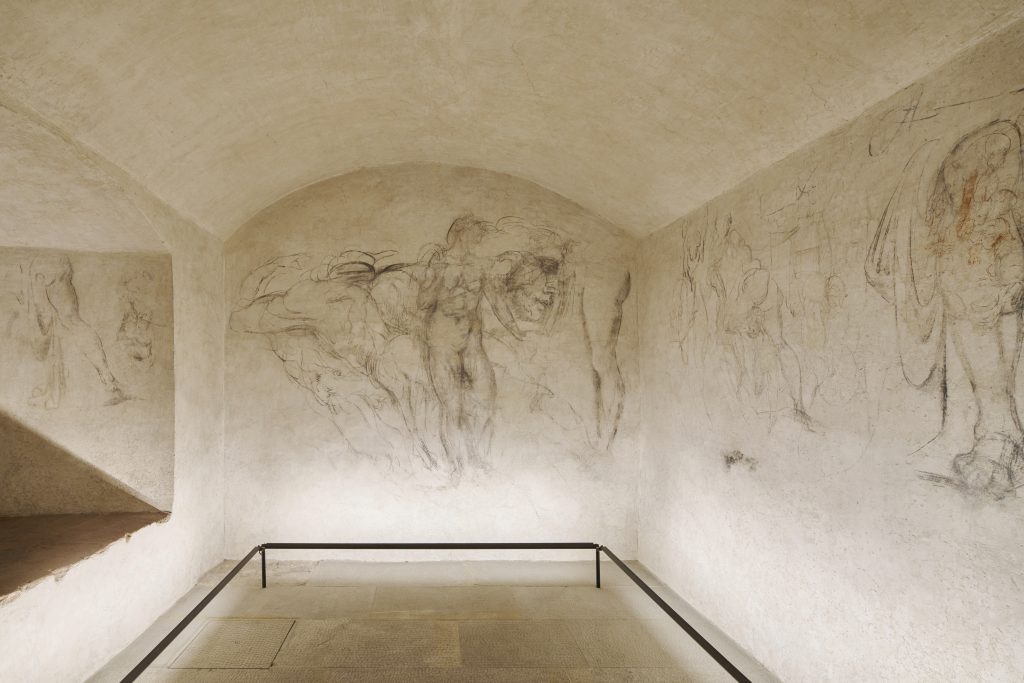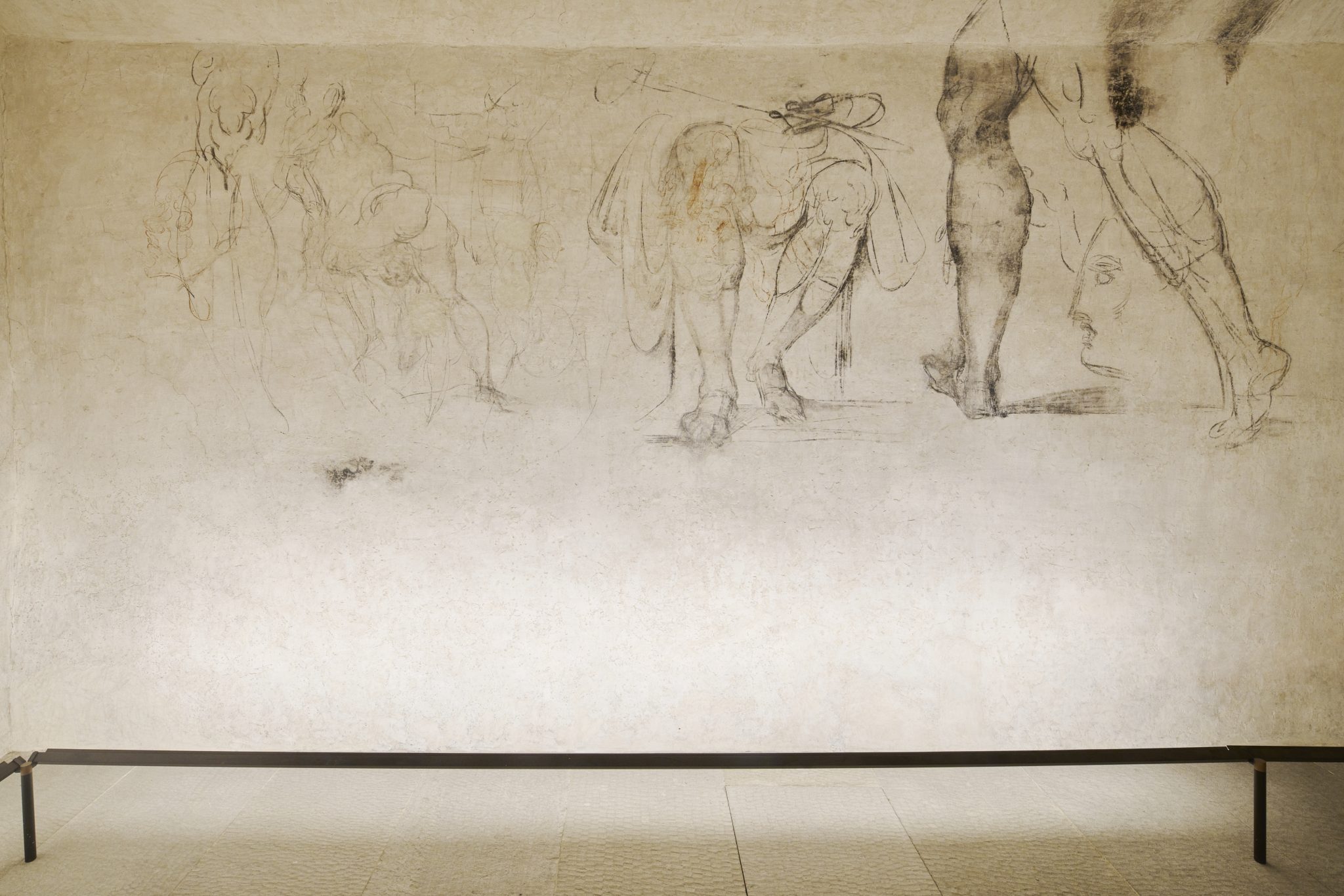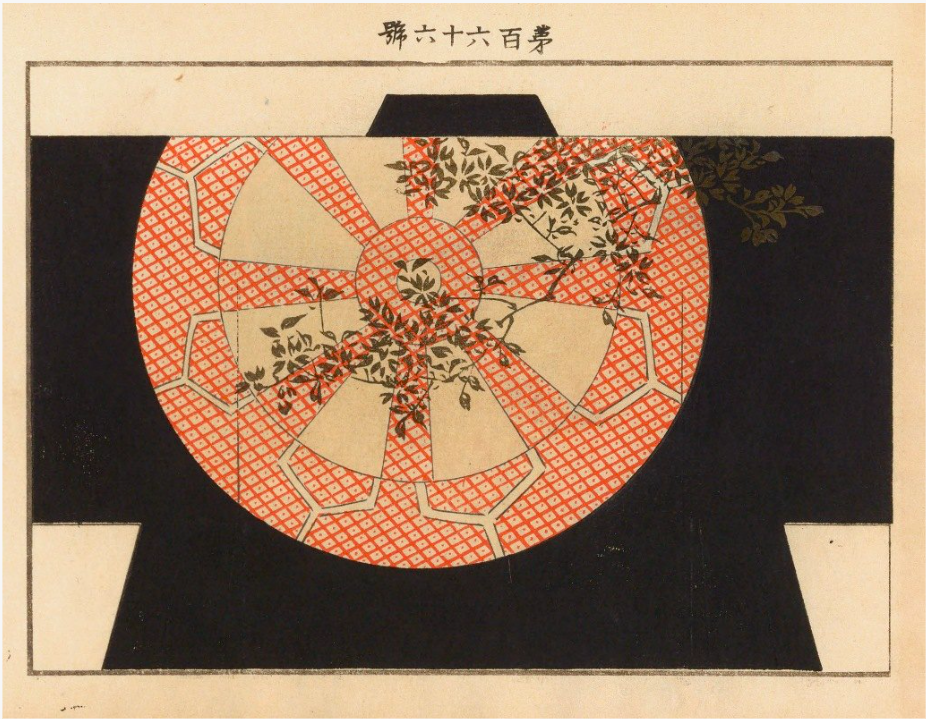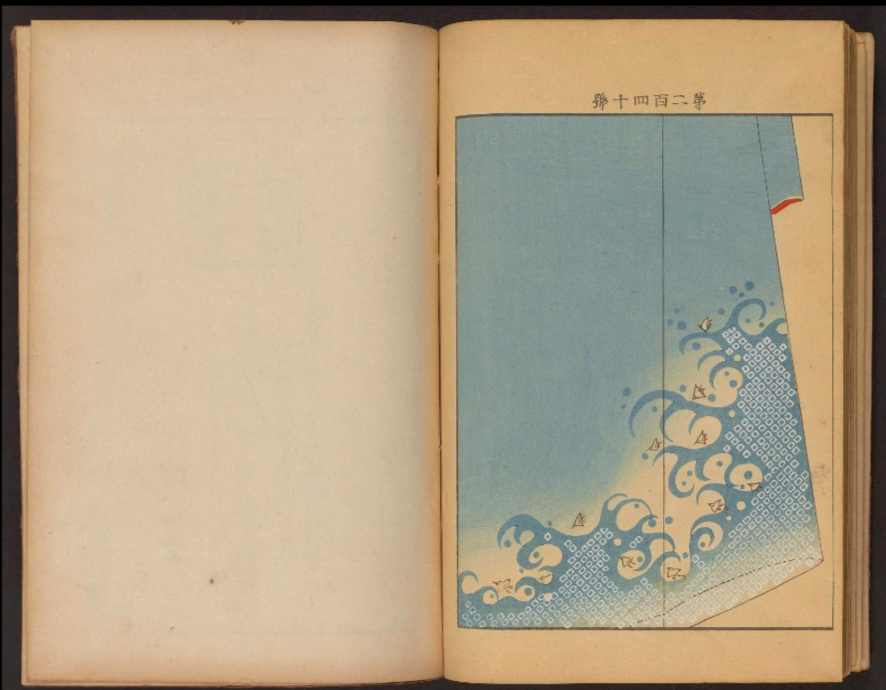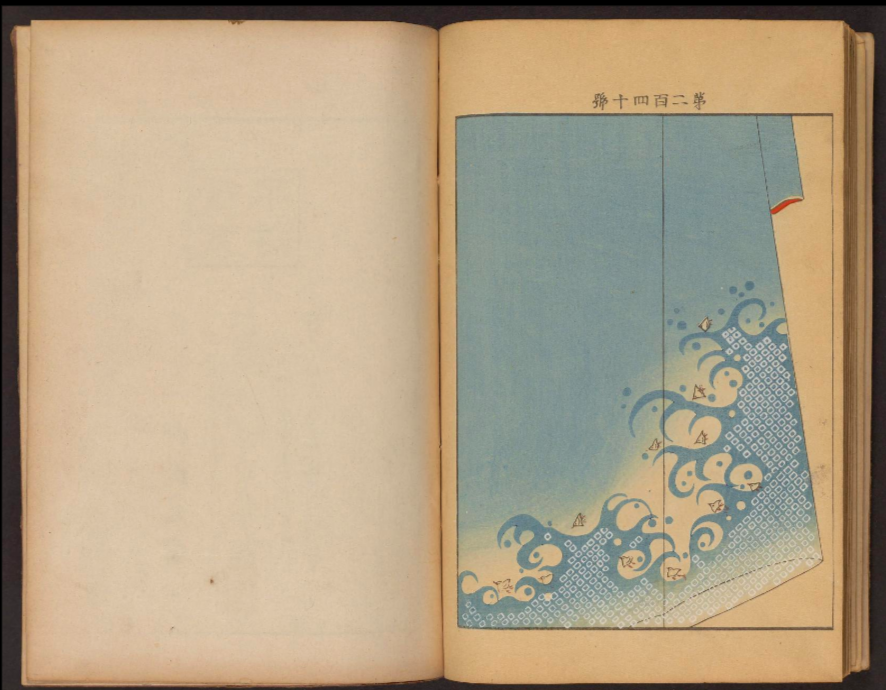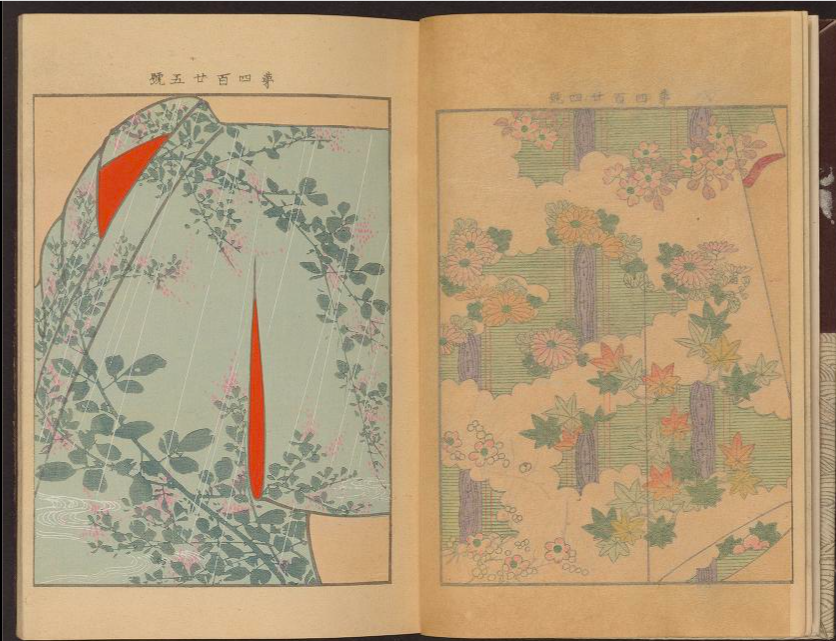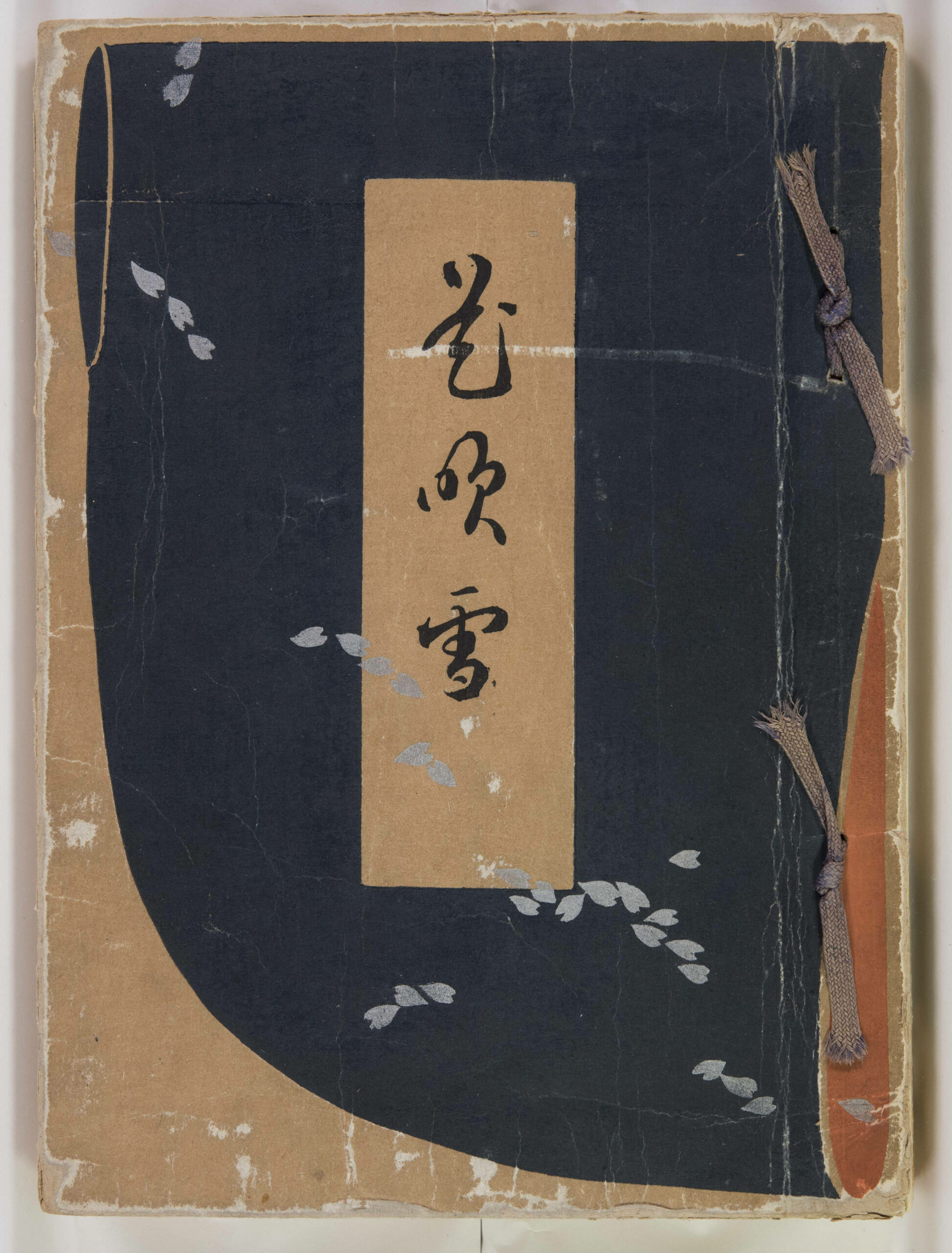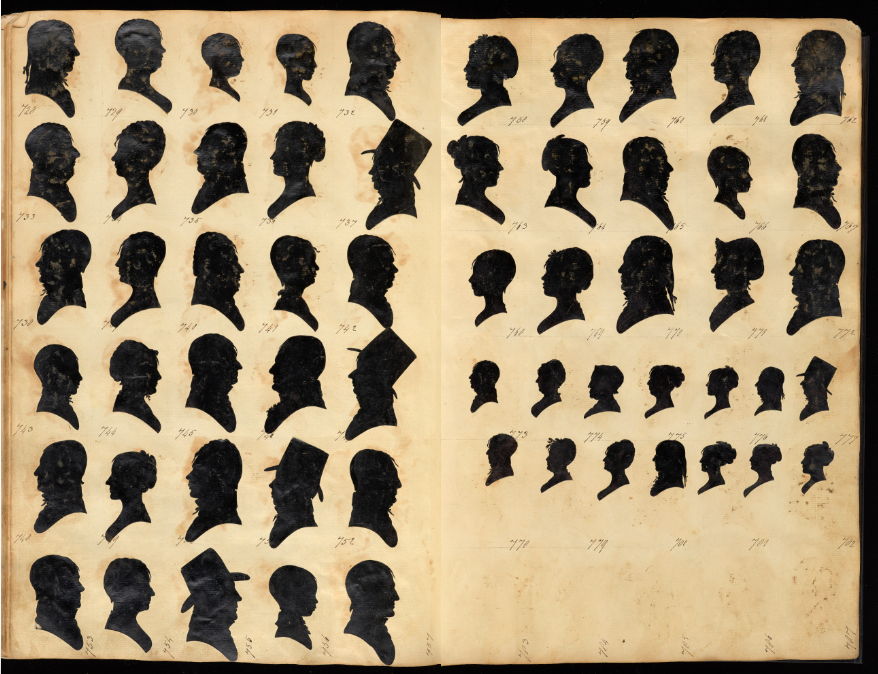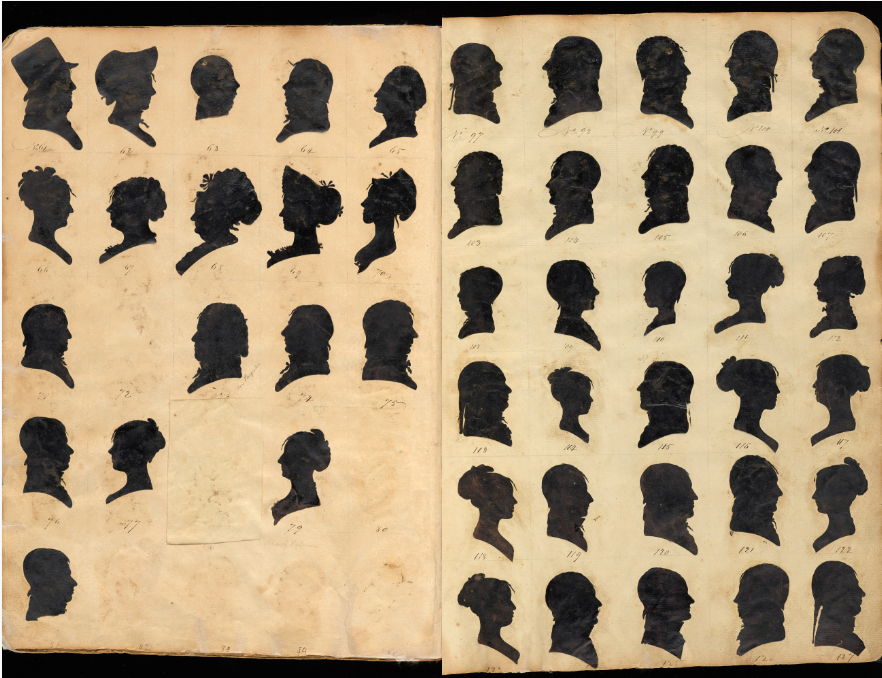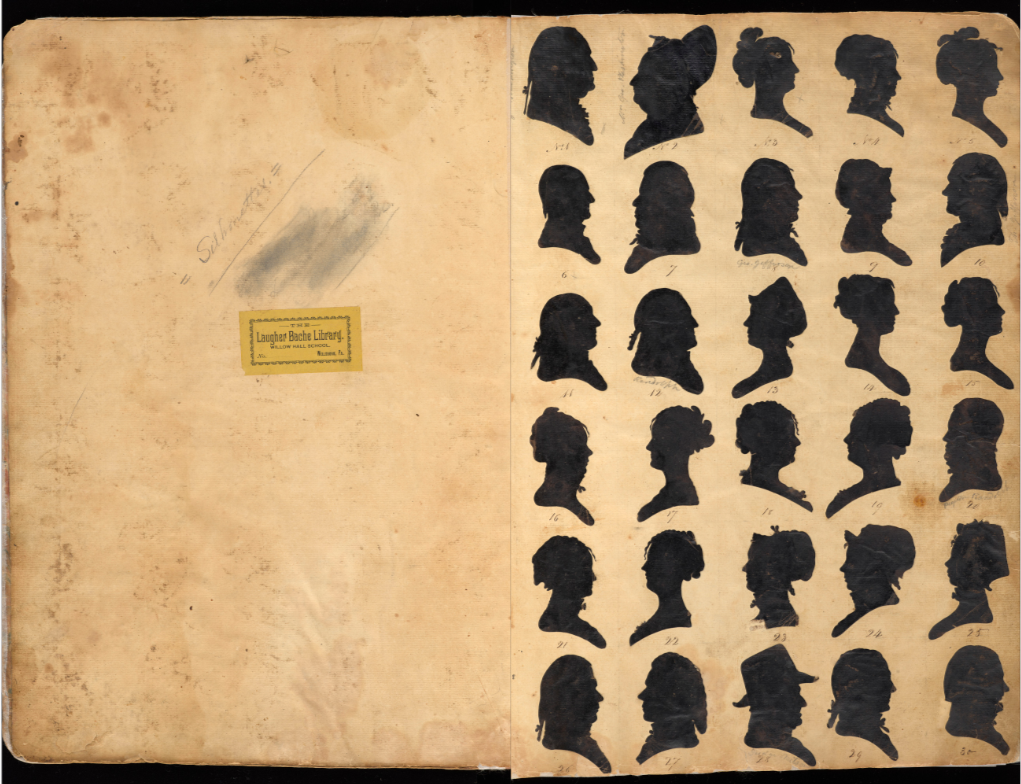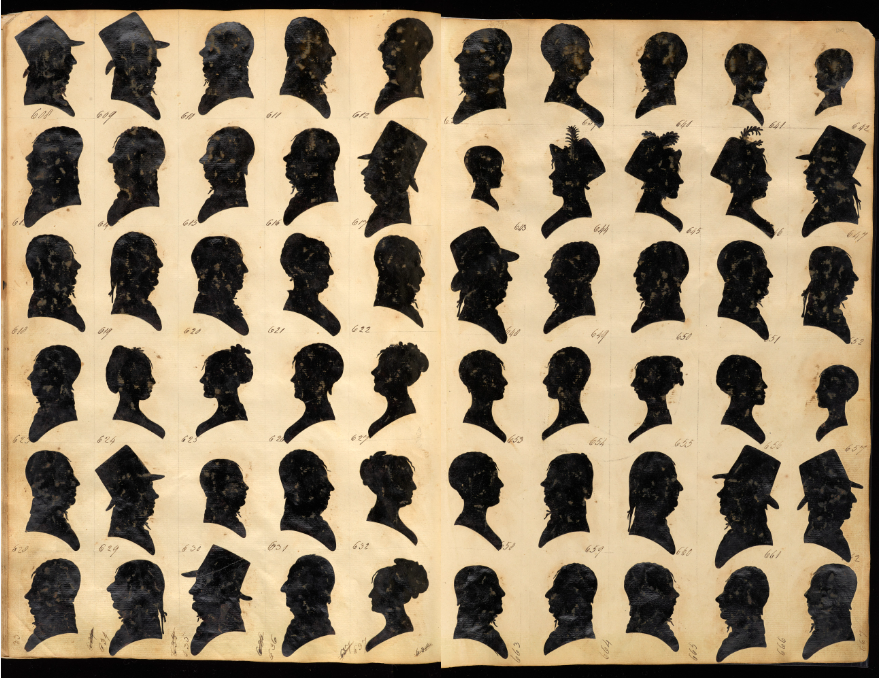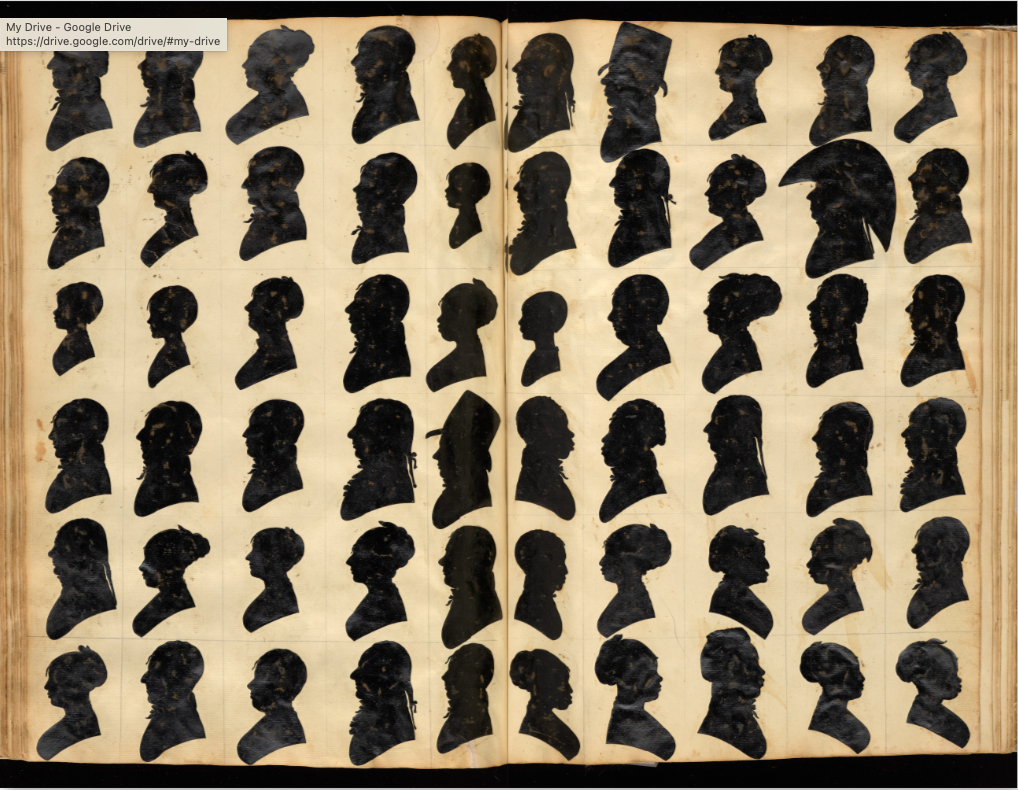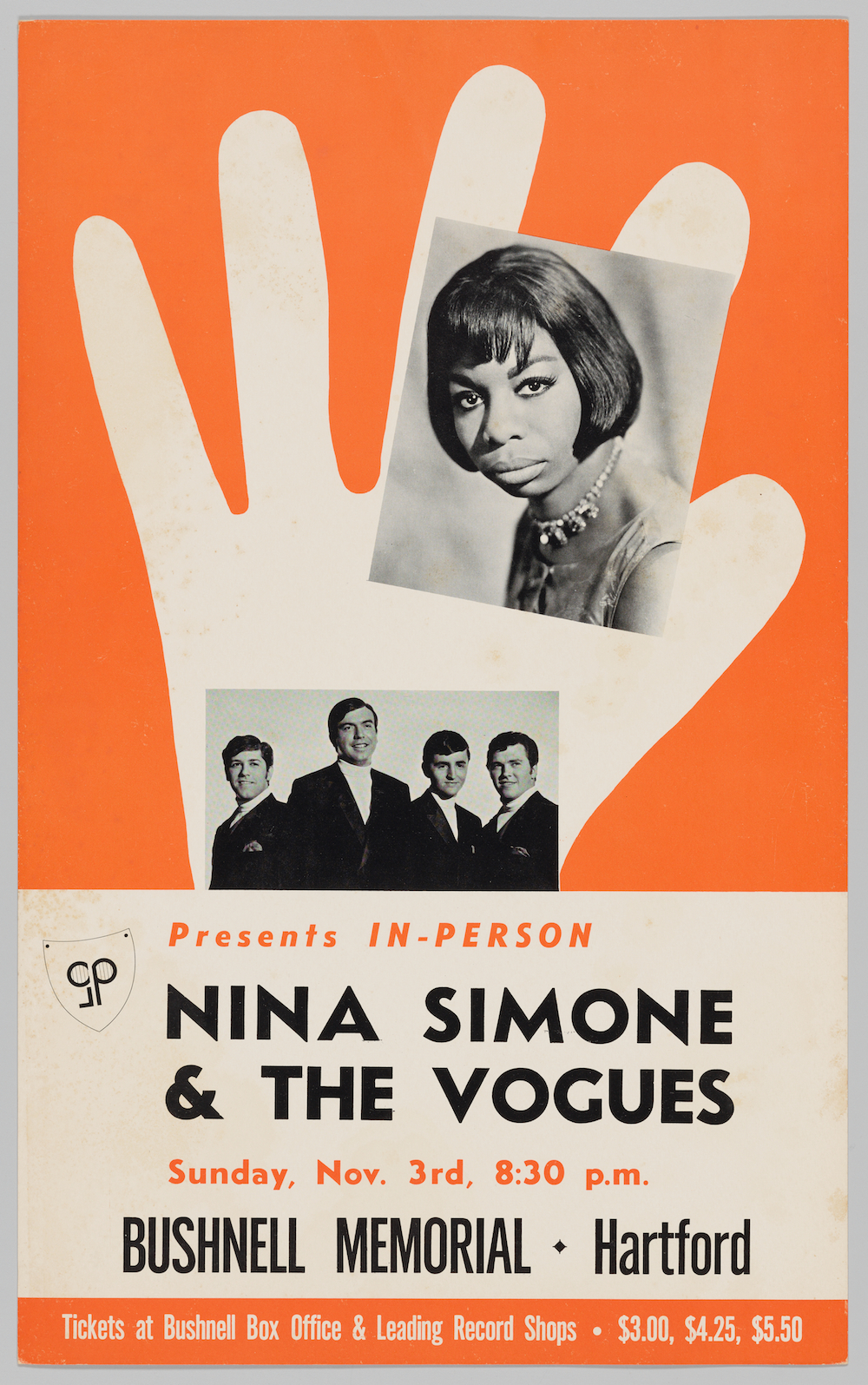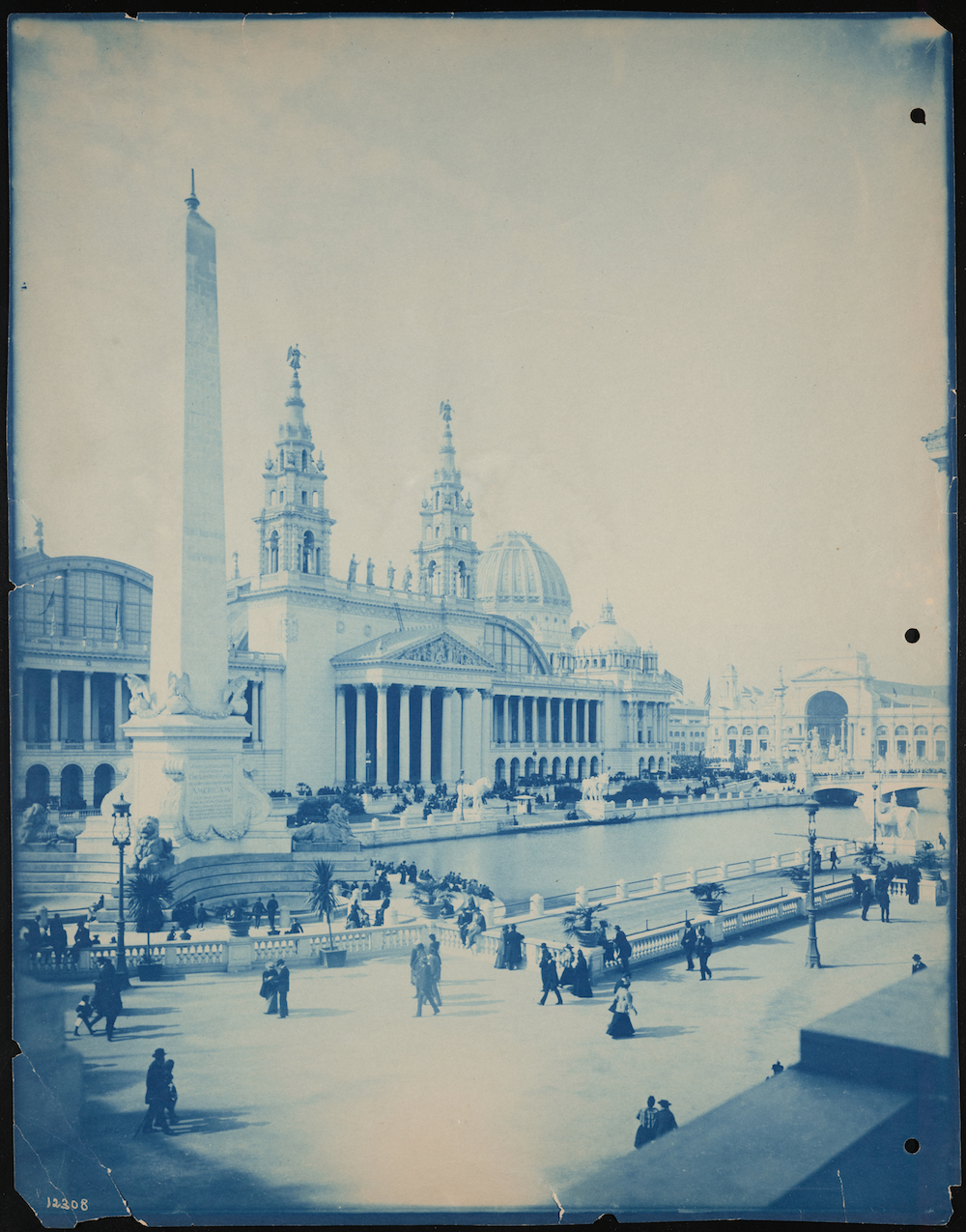There was a time when we imagined that most ancient sculpture never had any color except for that of the stone from which it was hewed. Doubt fell upon that notion as long ago as the eighteenth century, when archaeological digging in Pompeii and Herculaneum brought up statues whose color had been preserved, but only in recent years has it come to be presented as an exploded myth. Though some of the coverage of the false “whiteness” of ancient Egyptian, Greek, and Roman sculpture has divided along drearily predictable twenty-first-century cultural battle lines, this moment has also presented an opportunity to stage fascinating, even groundbreaking exhibitions.
Take Chroma: Ancient Sculpture in Color, which ran from the summer of last year to the spring of this year at the Metropolitan Museum of Art. You can still see some of its displays in the Smarthistory video at the top of the post, in which art historians Elizabeth Macaulay and Beth Harris discuss the “world of Technicolor” that was antiquity, the Renaissance origins of the “idea that ancient sculpture was not painted,” and the modern attempts to reconstruct the sculptural color schemes almost totally lost to time.
Architect goes deeper into these subjects in the video from the Met itself just above, paying special attention to the museum’s bust of Caligula — not the finest emperor Rome ever had, to put it mildly, but one whose face has become a promising canvas for the restoration of color.
You can see much more of Chroma in the Art Trip tour video just above. Its wonders include not just genuine pieces of ancient sculpture, but strikingly colorful reconstructions of a finial in the form of a sphinx, a Pompeiian statue of the goddess Artemis, a battle-depicting side of the Alexander Sarcophagus, and “a marble archer in the costume of a horseman of the peoples to the north and east of Greece,” to name just a few. You may prefer these historically educated colorizations to the austere monochrome figures you grew up seeing in textbooks, or you may appreciate after all the kind of elegance that only centuries of ruin can bestow. Either way, your relationship to the ancient world will never be quite the same.
Related content:
The Metropolitan Museum of Art Restores the Original Colors to Ancient Statues
How Ancient Greek Statues Really Looked: Research Reveals Their Bold, Bright Colors and Patterns
Roman Statues Weren’t White; They Were Once Painted in Vivid, Bright Colors
The Making of a Marble Sculpture: See Every Stage of the Process, from the Quarry to the Studio
Why Most Ancient Civilizations Had No Word for the Color Blue
Based in Seoul, Colin Marshall writes and broadcasts on cities, language, and culture. His projects include the Substack newsletter Books on Cities, the book The Stateless City: a Walk through 21st-Century Los Angeles and the video series The City in Cinema. Follow him on Twitter at @colinmarshall or on Facebook.
